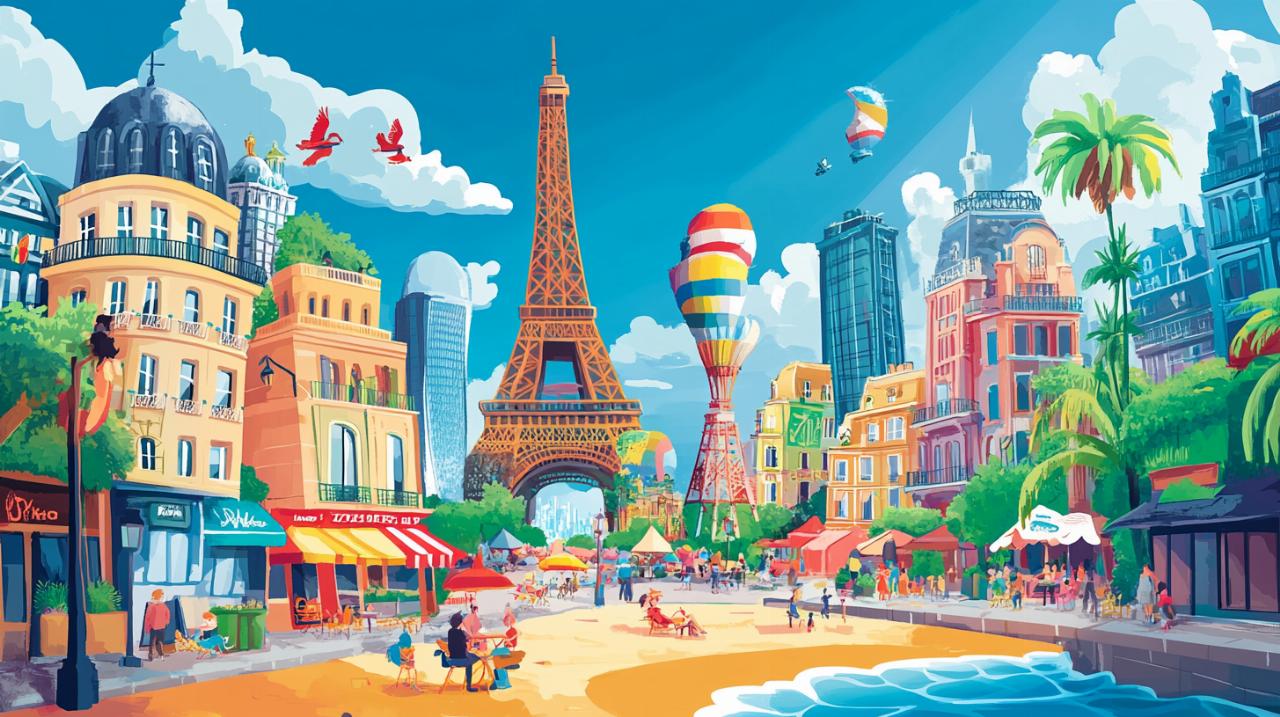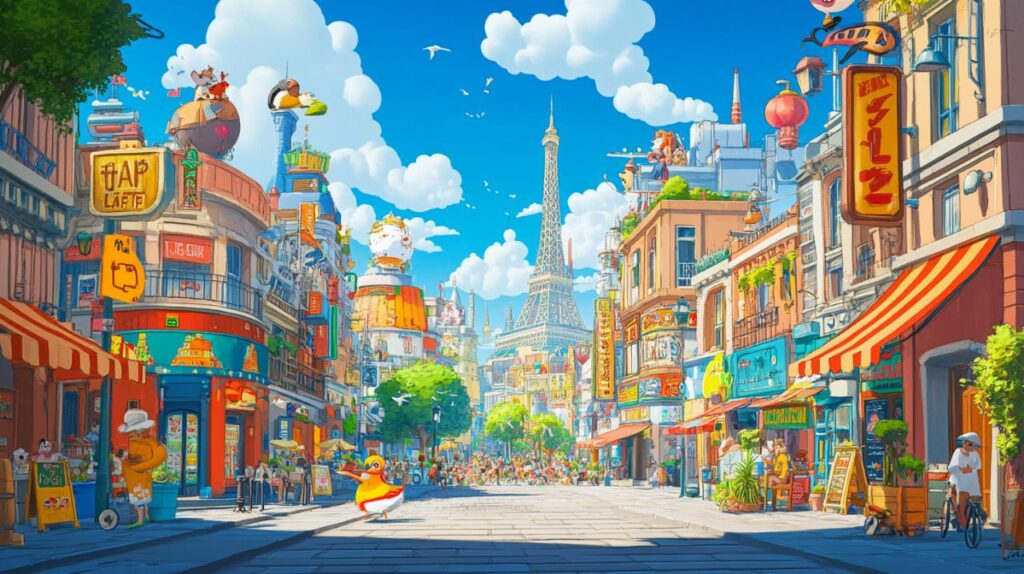As society evolves, so too does the visual language we use to capture and reflect upon the world around us. Cartoons, once primarily seen as simple entertainment for children, have become sophisticated mirrors that reveal deeper truths about how we live, what we value, and where we are heading as a culture. From the characters we create to the narratives we tell, animation serves as a vibrant canvas upon which contemporary experiences and concerns are painted. It is fascinating to observe how cartoonists and animators embed society and lifestyle trends into their work, transforming everyday realities into memorable, colourful iconography that resonates with audiences across the globe.
How modern living is reflected through cartoon characters
The way we live today is vastly different from just a generation ago. Our daily routines, social interactions, and even our concept of identity have been profoundly shaped by technological advances and shifting cultural norms. Cartoon characters, whether they appear in television series, films, or digital platforms, have become emblematic of these changes. They embody the aspirations, anxieties, and ambitions of modern audiences, acting as both a reflection and a commentary on the world we inhabit. Through clever design and storytelling, animators manage to capture the essence of contemporary life, offering viewers a chance to see themselves and their communities represented on screen in ways that feel both authentic and imaginative.
The Rise of Digital Culture and Tech-Savvy Characters
One of the most prominent trends in recent animation is the portrayal of characters who are deeply integrated into digital culture. These figures are often depicted navigating virtual worlds, engaging with social media, or using technology as a central part of their identity. Such representations are not merely decorative; they speak to the reality that many people now live significant portions of their lives online. Characters who are fluent in digital communication, who solve problems using apps, or who grapple with the challenges of maintaining authenticity in a curated online environment resonate strongly with audiences who experience similar dilemmas. Animation has become a medium through which the complexities of our digital existence are explored, with characters serving as avatars for broader conversations about connectivity, privacy, and the impact of technology on human relationships. This shift towards tech-savvy protagonists highlights how animators are keenly aware of the changing landscape of modern living and are eager to explore its implications through their art.
Sustainability and Eco-Consciousness in Contemporary Animation
Another significant trend reflected in cartoon iconography is the growing emphasis on environmental awareness and sustainable living. As climate change and ecological degradation become ever more pressing concerns, animated stories have increasingly featured characters who champion green practices or who inhabit worlds shaped by environmental challenges. These narratives serve not only as entertainment but also as educational tools, encouraging viewers to consider their own impact on the planet. Characters who advocate for recycling, renewable energy, or conservation efforts embody a cultural shift towards greater eco-consciousness. By integrating these themes into their plots and character arcs, animators are able to communicate important messages about responsibility and stewardship in a way that is accessible and engaging. The visual medium of animation lends itself well to depicting both the beauty of the natural world and the consequences of neglecting it, making it a powerful vehicle for promoting sustainable lifestyles and inspiring audiences to take action.
Visual Representations of Today’s Social Movements in Cartoons
Beyond the practicalities of modern living, cartoons also serve as a platform for addressing the social and political movements that define our era. Animation has long had the capacity to challenge the status quo and to give voice to underrepresented perspectives. In recent years, this capacity has been harnessed to reflect the diverse and dynamic nature of contemporary society. Through thoughtful character design and nuanced storytelling, animators are able to engage with issues such as diversity, inclusion, and mental health in ways that are both meaningful and impactful. These visual representations are not merely symbolic; they play an active role in shaping public discourse and in fostering a greater sense of empathy and understanding among viewers.
Diversity and Inclusion in Character Design
The push for greater diversity and inclusion in media has had a profound effect on animation. Modern cartoon iconography increasingly features characters of varied ethnicities, genders, abilities, and backgrounds, reflecting a more accurate and inclusive picture of the world. This shift is not just about representation for its own sake; it is about ensuring that all individuals can see themselves in the stories they consume and that stereotypes are challenged rather than perpetuated. By creating characters who defy traditional archetypes and who bring a multiplicity of experiences to the screen, animators are contributing to a broader cultural conversation about equality and social justice. The visual nature of animation allows for creative expressions of identity that might be more challenging to convey in other media, making it an ideal space for exploring the richness and complexity of human diversity. As audiences become more attuned to these issues, the demand for inclusive storytelling continues to grow, pushing the industry towards ever more thoughtful and representative content.

Mental health awareness through animated storytelling
In tandem with issues of diversity, there has been a notable increase in the portrayal of mental health themes within animated works. Characters who struggle with anxiety, depression, or other psychological challenges are becoming more common, and their stories are told with a level of sensitivity and authenticity that was rare in earlier decades. This trend reflects a broader societal shift towards destigmatising mental health issues and recognising the importance of emotional wellbeing. By depicting characters who experience and work through mental health challenges, animators are helping to normalise these conversations and to provide audiences with valuable insights into their own experiences. The expressive possibilities of animation allow for creative visualisations of internal struggles, making abstract or difficult emotions more tangible and relatable. These narratives not only validate the experiences of those who face similar challenges but also educate viewers who may be unfamiliar with mental health issues, fostering a culture of compassion and understanding. As the conversation around mental health continues to evolve, it is likely that animation will remain at the forefront of this important dialogue, using its unique visual language to explore the complexities of the human mind and spirit.

